Astronautics papers
After graduating in physics in 1963 and having gone to work as a research engineer at North American Aviation, one of my first assignments was to perform analyses with regard to a fastest ascent to liaison with a satellite or intercontinental ballistic missile (ICBM) — presumably launched in Russia. My role in that research project was to determine the rocket ascent profile to approach the target for inspection. The project was selected by the North American Aviation weekly newspaper staff for the front page article. I refused to be photographed for the article; the rationale for my refusal as I had had to explain to my supervisor was that the naivete of my approach to such a difficult problem was an embarrassment. He cajoled, asking me what I would have to show my grandchildren of my career after I retired. My response was that I had once won a blue ribbon on my kohlrabi at the Skagit County Fair.

Throughout my subsequent career I had many digital guidance and navigation research project assignments. I encountered the satellite liaison problem again years later — this time in reviewing the approach taken by a colleague which I presumed to significantly improve upon. I describe that here.
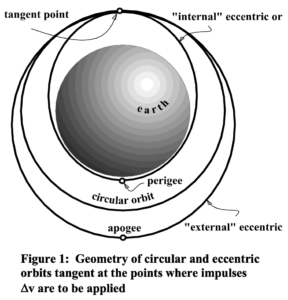
My first technical paper to be accepted for publication in the proceedings of a major society was in 1971 at the 17th Annual Conference of the American Astronautical Society.
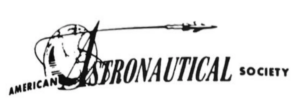
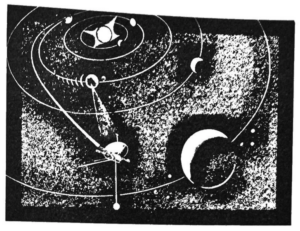
It involved the optimum configuration of reaction wheels by which to perform attitude corrections as a part of star tracking in the guidance and navigation of a spacecraft heading to the outer planets. Innovative approaches to the orientation, duplication, and failure mode switching of these devices were analyzed.
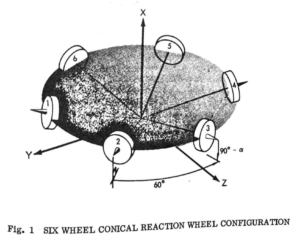
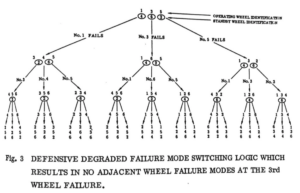
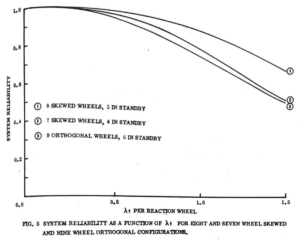
The analyses were described as necessities in the context of enhanced reliability and survivability requirements for years-long missions to the outer planets and beyond. The paper is included here.